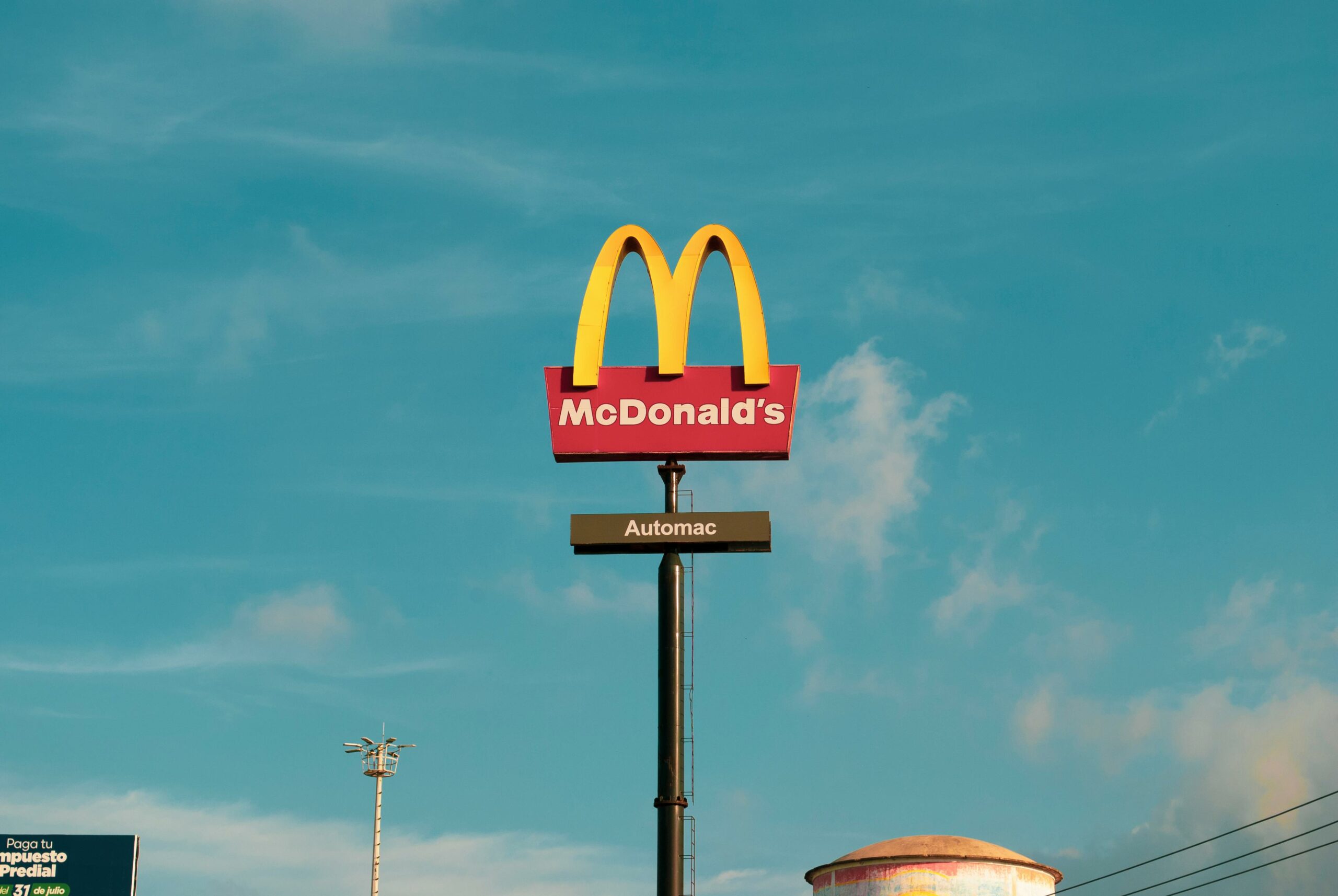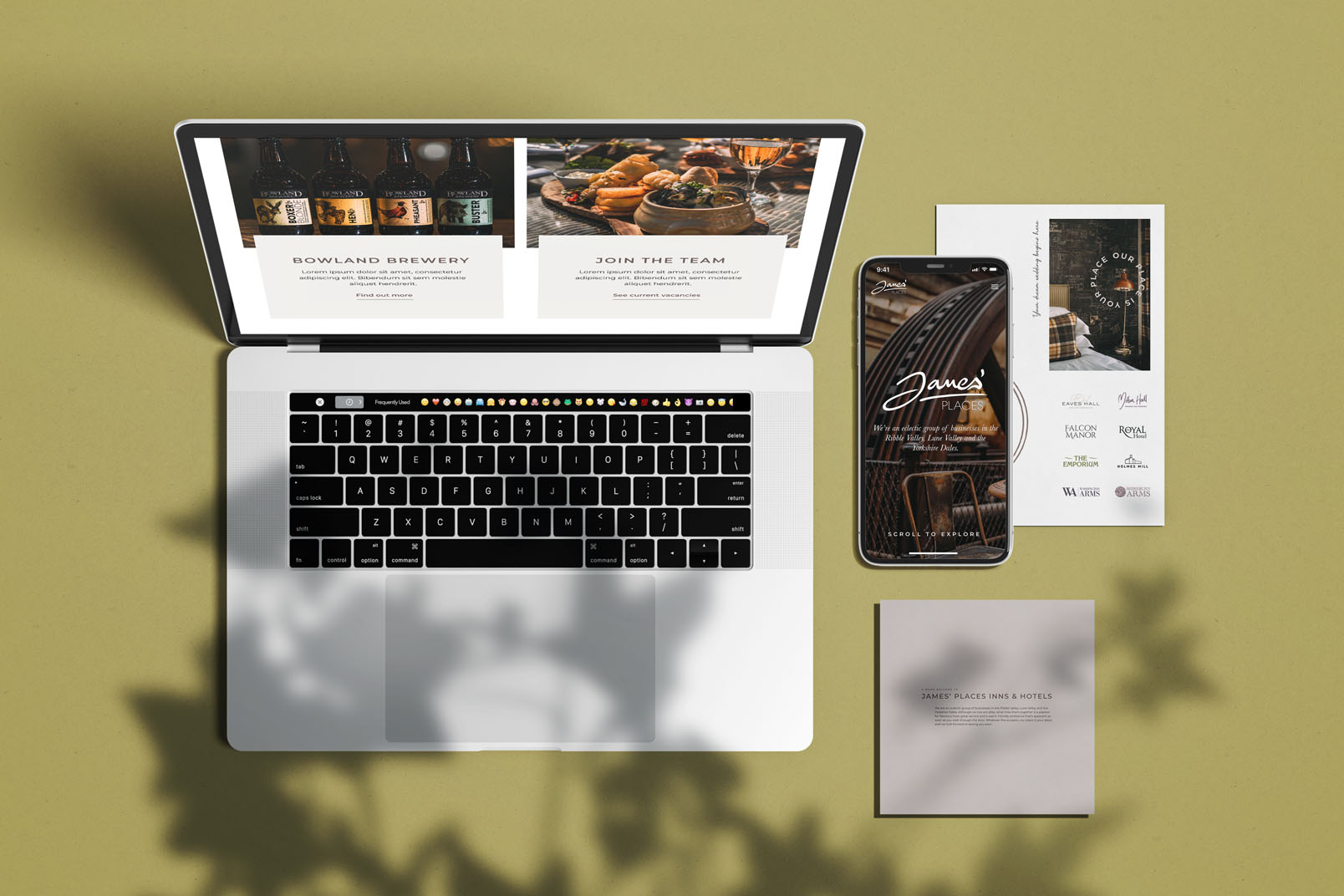
Popcorn fans out there might have noticed something a little different about Butterkist in recent weeks.
The popular snacking brand has undergone something of an image makeover, with new packaging, complete with a new corporate logo, appearing on supermarket shelves in February.
Butterkist, which is the UK’s biggest popcorn brand and the 16th biggest selling product in the snack market, has also supported the revamp with a major cross channel marketing campaign.
We decided to take the opportunity to dig a little deeper into Butterkist’s latest brand strategy, and see what tips we could glean for launching a successful product rebrand.
1. Research the Market
Rebranding is not like getting a new haircut – you don’t change things up on a whim because you simply fancy a change. Revamping a brand needs to be done with clear business goals in mind, such as increasing sales and market share. Often, it might be a case of keeping up with shifting consumer tastes and expectations.
Butterkist began the rebranding process by undertaking extensive market research, aimed at better understanding what consumers thought about the brand, popcorn and snacking in general. The research revealed there was a lot of affection for Butterkist, that it retained an iconic appeal, but that it was coming under pressure from newer entrants into the popcorn market. These are the kinds of insights which are essential to shaping a product rebrand, providing focus on the purpose and what it aims to achieve.
2. Develop a Design Strategy
A significant part of product branding is about visual appeal, so packaging design is crucial. Based on the market research, Butterkist wanted to retain core brand values of great taste, family friendly appeal and a sense of fun, but make them stand out more with an updated, contemporary look. Bolder packaging colours were chosen, with different colours used to identify different flavours. A new font type was chosen with varied type sizes, meant to convey the idea of popcorn bouncing around.
3. Evaluate Corporate Branding
Once a new design strategy has been drawn up, it is then important to review corporate branding to see whether it fits with the new look. In the case of a brand like Butterkist where corporate identity and product are interchangeable in consumers’ minds, it is especially important they fit well. In this case, it was decided the Butterkist logo would have to change too, so a new hand drawn design was developed, incorporating the traditional Butterkist heart in a softer, warmer image.
4. Support the Relaunch
We’ve all been there when we have forked out for a new hair do only for no one totake the blindest bit of notice. That’s the last thing you want when you rebrand the product – the whole point is to get people to notice you more. Butterkist has spent a reported £3 million on digital, broadcast and print marketing to support the rebrand, including having 100 London taxis emblazoned with the new packaging and logo design.
5. Define a Clear Message
If you are going to market a product relaunch, the core message needs to be something better than ‘we have brand new packaging to show you.’ Although branding has a significant impact on consumer behaviour, it mainly works on a subconscious level, and in itself a rebrand has very little interest. Butterkist launched its refreshed brand with a marketing campaign focused around the message of sharing – friends and family sharing good times together, with a big bowl of Butterkist popcorn. This gave the campaign, which really was to promote the rebrand, a purpose consumers could buy into, tying into the brand’s core values.





